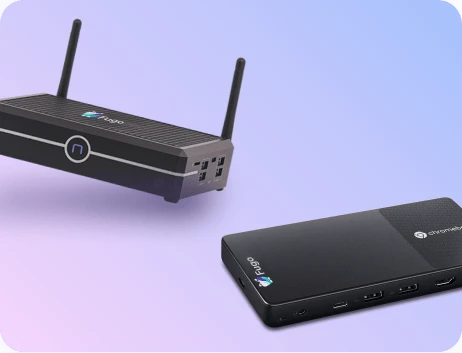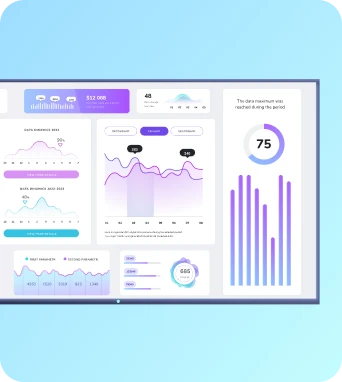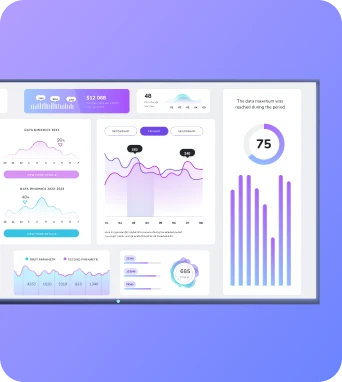Demographic-based content
Demographic-based content refers to digital signage content that is tailored to specific audience segments based on demographic data such as age, gender, income, education, and other relevant characteristics.
What is Demographic-based content?
Understanding the Role of Demographics in Content Strategy
In the digital signage industry, understanding the role of demographics is crucial for creating effective content strategies. Demographics provide valuable insights into the characteristics and preferences of different audience segments. By analyzing demographic data, businesses can identify the specific needs and interests of their target audiences, allowing them to tailor content accordingly. For example, a retail store might use demographic data to determine the age group and gender of its primary customers. With this information, the store can create targeted advertisements and promotions that resonate with its audience, increasing the likelihood of engagement and conversion. Demographic-based content also enables businesses to optimize the timing and placement of their digital signage. By understanding when and where specific demographic groups are most likely to be present, businesses can strategically schedule and position their content to maximize visibility and impact. This level of precision ensures that the right message reaches the right audience at the right time, enhancing the overall effectiveness of the digital signage campaign.
Implementing Demographic-based Content in Digital Signage
Implementing demographic-based content in digital signage involves a combination of data analysis, content creation, and technology integration. The first step is to gather and analyze demographic data from various sources, such as customer surveys, social media analytics, and market research reports. This data provides valuable insights into the characteristics and preferences of different audience segments, serving as the foundation for content development. Once the demographic data is collected, businesses can begin creating content that aligns with the interests and preferences of their target audiences. This may involve designing visuals, crafting messages, and selecting media formats that resonate with specific demographic groups. For instance, a brand targeting young adults might use vibrant colors, trendy graphics, and social media-inspired content to capture their attention. Technology plays a crucial role in the implementation process. Advanced digital signage platforms offer features such as audience recognition and real-time data integration, allowing businesses to dynamically adjust content based on the demographics of the audience present. This ensures that the content remains relevant and engaging, even as the audience composition changes throughout the day.
The Impact and Future of Demographic-based Content
Keep the learning going...
Deep linking in signage apps
Deep linking in signage apps refers to the use of hyperlinks that direct users to a specific, generally accessible location within a digital signage application, enhancing user experience by providing direct access to desired content.
Deep-learning content optimization
Deep-learning content optimization refers to the use of advanced neural network algorithms to enhance and personalize digital signage content, ensuring it is more engaging and relevant to the audience.
Deployment automation
Deployment automation in digital signage refers to the use of software tools and processes to automatically manage and execute the deployment of digital content across multiple signage displays, ensuring consistency, efficiency, and minimal human intervention.



